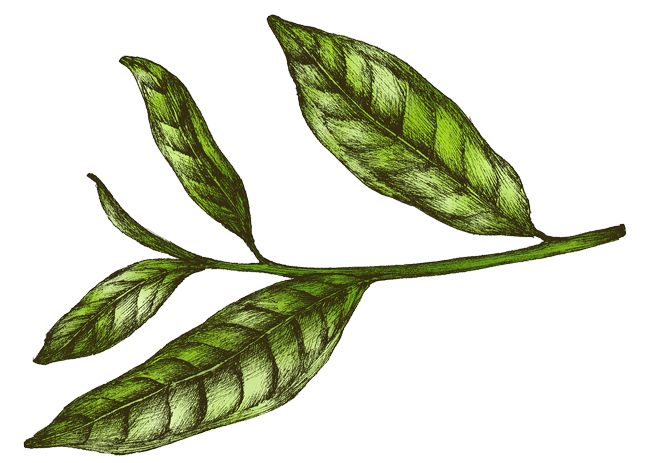Food is an essential part of our lives, providing nourishment and sustenance. But have you ever wondered about the history and evolution of the food we eat today? From the earliest civilizations to the modern culinary world, food has undergone significant changes and transformations. Let’s take a journey through time and explore the fascinating story of food.
Ancient Times: The Origins of Food
In ancient times, food was primarily consumed for survival. Early humans relied on hunting, gathering, and foraging for their meals. They consumed a diet consisting of fruits, vegetables, nuts, and meat from animals they hunted.
As civilizations began to develop, agriculture played a crucial role in shaping the food landscape. The cultivation of crops such as wheat, rice, and corn revolutionized food production. This shift from a nomadic lifestyle to settled communities allowed for the development of more complex cooking techniques and food preservation methods.
The Middle Ages: A Time of Exploration and Trade
The Middle Ages marked a period of exploration and trade, leading to the introduction of new ingredients and flavors. The spice trade, in particular, had a significant impact on the evolution of food. Spices such as cinnamon, pepper, and nutmeg were highly prized and sought after, leading to the creation of new recipes and flavor combinations.
The Middle Ages also saw the rise of royal courts and elaborate feasts. Food became a symbol of power and wealth, with extravagant banquets showcasing the culinary skills of chefs. This era laid the foundation for the development of haute cuisine and the art of fine dining.
The Renaissance: A Culinary Revolution
The Renaissance brought about a culinary revolution, with a renewed focus on the arts and sciences. This period saw the publication of influential cookbooks that documented recipes and cooking techniques. The exchange of ideas and knowledge across Europe led to the fusion of different culinary traditions.
Explorers and voyagers brought back exotic ingredients from distant lands, further enriching the culinary landscape. New foods such as potatoes, tomatoes, and chocolate were introduced to Europe, forever changing the way people ate.
The Industrial Revolution: Mass Production and Convenience
The Industrial Revolution brought about significant changes in food production and consumption. Advances in technology and transportation allowed for mass production and distribution of food. Canned goods, refrigeration, and other preservation methods made food more accessible and convenient.
However, the rise of industrialization also led to concerns about the quality and safety of food. Food adulteration and contamination became prevalent issues, leading to the establishment of food regulations and safety standards.
Modern Cuisine: A Global Fusion
Today, we live in an era of global cuisine, where culinary traditions from around the world converge. The exchange of ideas and cultural influences has led to the creation of diverse and innovative dishes. Fusion cuisine, farm-to-table movements, and an emphasis on sustainability are shaping the way we eat.
Advancements in technology continue to revolutionize the food industry. From molecular gastronomy to plant-based alternatives, the possibilities seem endless. As we navigate the challenges of a growing population and environmental concerns, the future of food holds both exciting opportunities and important choices.
In Conclusion
The history and evolution of food are a testament to the ingenuity and creativity of humankind. From humble beginnings to the sophisticated culinary world we know today, food has always played a vital role in our lives. As we savor each bite, let us appreciate the rich tapestry of flavors and traditions that have shaped our culinary journey.
